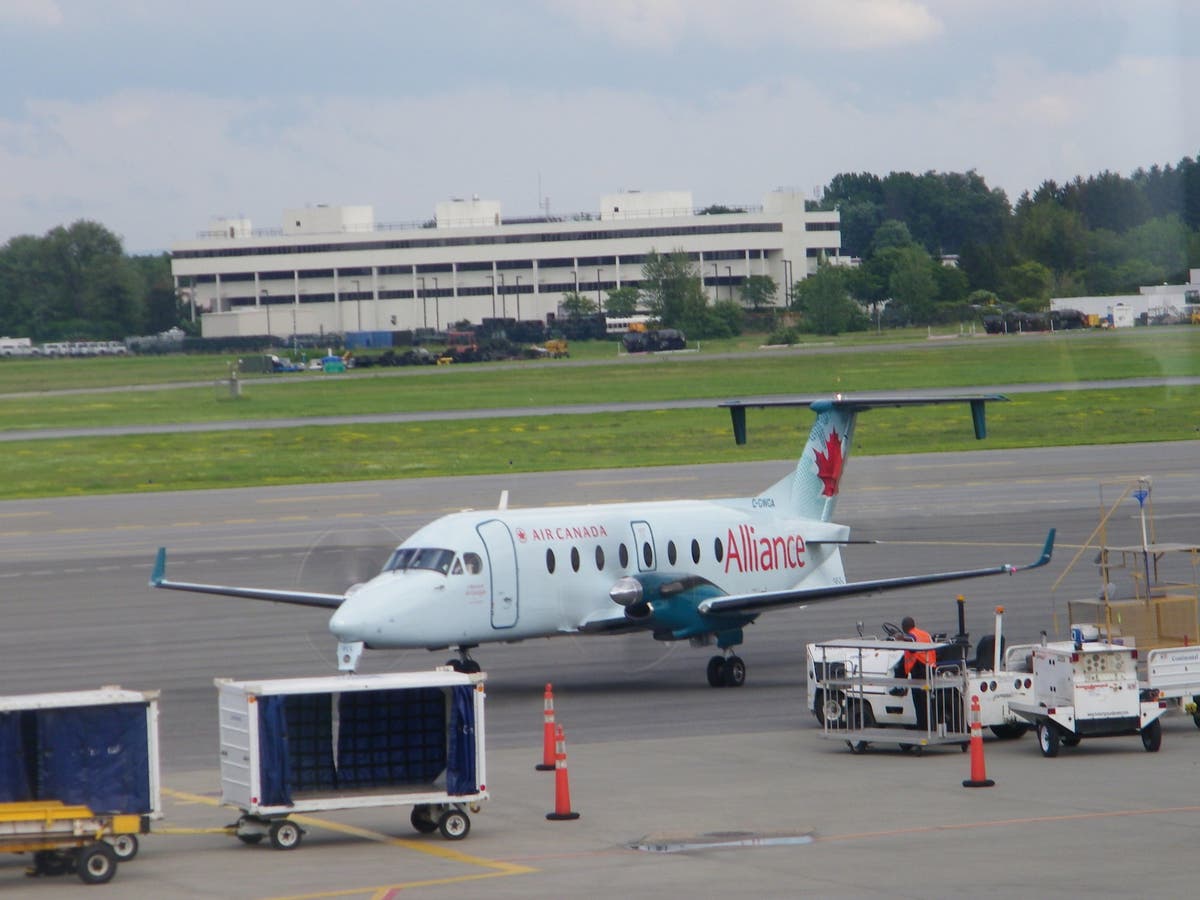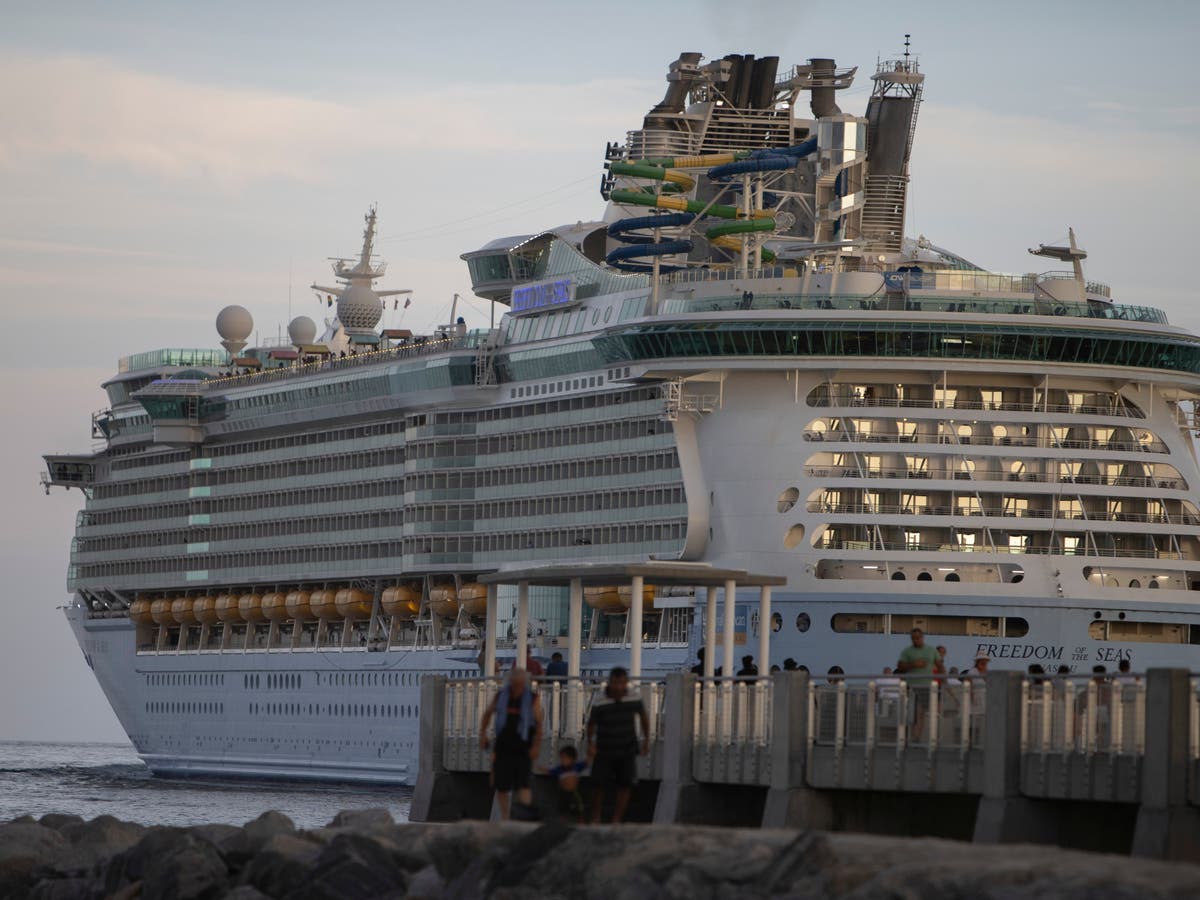Air Defender 23: Nato exercise will divert and delay hundreds of planes each day
Pilots of commercial aircraft face ‘road blocks in the sky’

Sign up to Simon Calder’s free travel email for expert advice and money-saving discounts
Get Simon Calder’s Travel email
With dozens of walk-outs at Heathrow airport on the agenda, and further disruption expected from striking air-traffic controllers, airline passengers this month also face nine days of potential delays due to “the largest air force deployment exercise in Nato’s history”.
Air Defender 23, centred on Germany and managed by the Luftwaffe, will involve more than 10,000 military personnel and 250 combat aircraft from 25 nations – with at least 800 civilian planes diverted each day as a result.
These are the key questions and answers.
What’s happening?
Effectively, Nato is putting up road blocks in the sky. Large swathes of airspace above Germany and neighbouring countries will be closed to civil aircraft during the multi-national exercise – which runs from Monday 12 to Thursday 22 June inclusive (though with the weekend of Saturday 17 and Sunday 18 June off).
Civilian pilots will need to navigate around three main “clusters” where flying is restricted or forbidden at various altitudes. Each will be closed or heavily restricted for civilian traffic for several hours each day.
Why is Nato taking over central Europe just when millions are trying to fly to the sunshine?
The stated aim of the exercise is “on optimising and expanding cooperation among participating nations”, with manouvres modelled on a “Nato Article 5 assistance scenario”.
Article 5 means: ”If a Nato ally is the victim of an armed attack, each and every other member of the alliance will consider this act of violence as an armed attack against all members and will take the actions it deems necessary to assist the ally attacked.”
In other words, the exercise has training value, but also a strongly political aspect: showing the Kremlin what would happen if, for example, Russia were to attack one or more of the Baltic republics.
The Bundeswehr (German defence forces) says: “Procedures are currently being optimised to minimise the impact on civil air traffic as far as possible.”
But travellers this month must build in yet another hurdle on the flight path to their destination.
What is the upshot for people seeking to go on holiday?
The exercise comes while the skies of Europe are busier than at any time since 2019, before the Covid pandemic – and when European air-traffic controllers are struggling to cope with the post-Covid surge in flying, as well as the closure of airspace in Russia and Ukraine.
Delays and longer flight times “will be unavoidable”, according to Deutsche Flugsicherung, the German air-traffic control provider. It says: “This is due to the expected dynamic nature of this unique large-scale exercise as well as the existing complexity of the system.”
Eurocontrol, which looks after the skies above Europe, says: “Approximately 800 flights will be re-routed daily as a result of the exercise and the associated measures.”
Around 300 flights will have their routes extended by an average of 70 miles (110km), corresponding to around seven minutes of flying time at cruising speed. While that may sound a modest impact, the closures will put extra pressure on airspace that remains open.
With schedules finely tuned, delays can quickly build – and hit problems with crew hours and the curfew at some leading European airports, including London Heathrow.
Red alert: the “clusters” of closed airspace due to Air Defender 23 with the key military airfields marked
(Deutsche Flugsicherung)
Which routes are likely to be worst affected?
The South cluster will have a significant effect on many holiday flights. Departures from London to Antalya in Turkey normally fly right through this sector, as do aircraft from Manchester to the Greek islands.
It will also impact Lufthansa’s main hub, Frankfurt. Further north, flights to Berlin, Poland and Denmark could be impacted
On top of some planes flying longer routes, Eurocontrol has also warned that the average en-route delay expected for each flight as a result of the exercise is between 150 and 180 seconds. Again, that may seem trivial.
But with budget airlines such as Ryanair timetabling flights with just 25 minutes between arrival and departure, air-traffic control delays can swiftly build and affect schedules.
The German government has asked individual states to relax their airport curfews during the exercises in case delays build up.
What’s your worst-case scenario?
Once the flows in and out of key airports – such as London Heathrow and Gatwick – are disturbed, further problems begin. These are the busiest two-runway and single-runway airports in the world, respectively.
If a substantial number of aircraft diverge from their schedules, managing take-offs and landings becomes problematic. Furthermore, late-departing planes can block gates to arriving aircraft.
The biggest airline at Gatwick, easyJet, is playing down the prospect of disruption. A spokesperson said: “Currently our schedule is planned to operate as normal. We are in close communication with the German authorities and all of our partners and will continue to monitor the situation closely to ensure the impact on operations is minimal.”
Across at Heathrow, the largest carrier – British Airways – is working with the relevant authorities to model the possible effects. But until first contact, no one quite knows what the impact may be.

 Hollif
Hollif 































